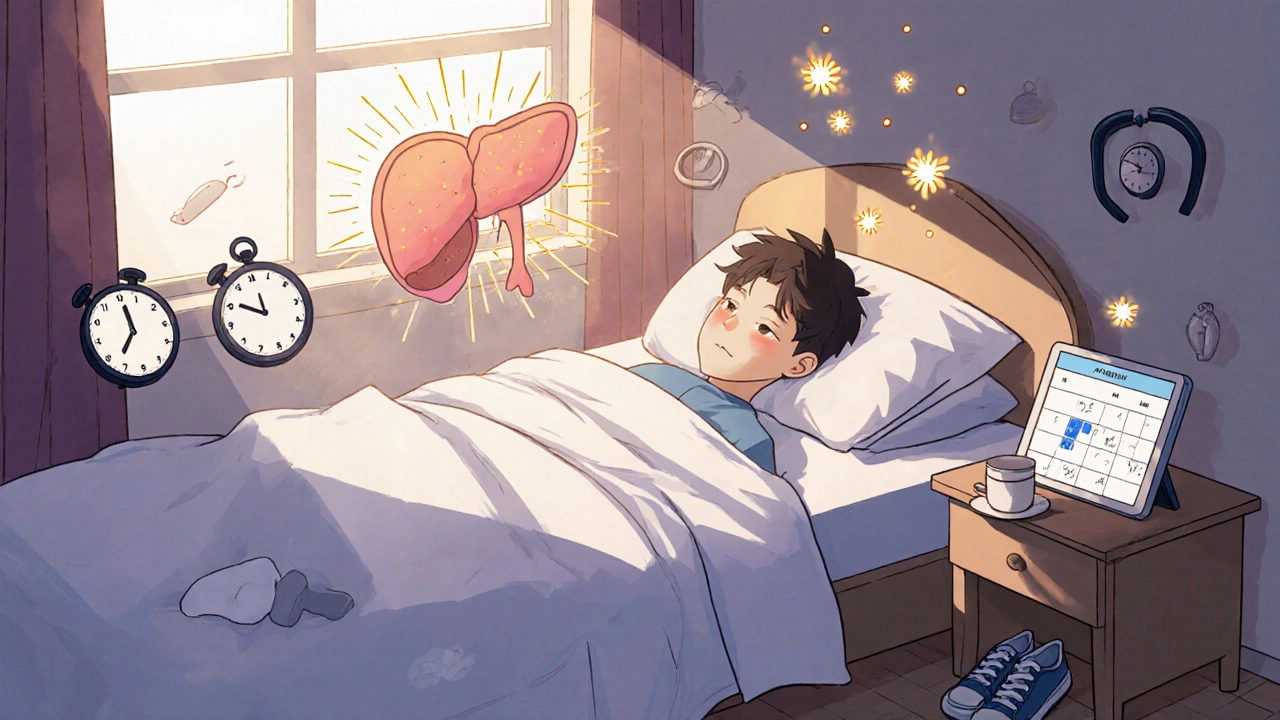
Stopping corticosteroids like prednisone isn’t as simple as taking your last pill and calling it quits. If you’ve been on these meds for more than a few weeks, your body has adjusted-your adrenal glands have slowed or stopped making natural cortisol because the drug was doing the job for them. Walk away too fast, and you’re asking for trouble: crushing fatigue, muscle aches, joint pain, nausea, and even low blood pressure. These aren’t just side effects-they’re signs your body is in withdrawal.
Why Tapering Isn’t Optional
Every year, over 6 million Americans who take systemic corticosteroids need to come off them. And nearly 8 out of 10 of them will experience withdrawal symptoms if they stop abruptly. That’s not just uncomfortable-it’s dangerous. The hypothalamic-pituitary-adrenal (HPA) axis, the system that controls your body’s stress response and cortisol production, gets suppressed after just 2-4 weeks of daily steroid use at doses above 7.5 mg of prednisolone. When you suddenly cut the drug, your body doesn’t have time to wake up its own cortisol factory. The result? A crash.
Withdrawal isn’t the same as a disease flare. Flares come with inflammation-swollen joints in rheumatoid arthritis, bloody stools in Crohn’s disease. Withdrawal feels like the flu mixed with exhaustion: you’re tired even after sleeping 10 hours, your muscles ache for no reason, you feel dizzy when you stand up, and your mood swings wildly. Some people even get insomnia or panic attacks. Mistaking withdrawal for a flare leads to re-prescribing steroids unnecessarily, trapping patients in a cycle of dependence.
How Fast Should You Taper?
There’s no one-size-fits-all schedule. It depends on how long you’ve been on steroids, your dose, and your underlying condition. But here’s what works in practice:
- If you’re on more than 20 mg of prednisone daily, you can drop by 5 mg every 3-7 days until you hit 15 mg.
- Once you’re below 15 mg, slow down: reduce by 1 mg every 1-2 weeks.
- When you reach 5-7.5 mg, go even slower-sometimes just 0.5 mg every 2-4 weeks.
Why the slowdown? Because your body’s cortisol production starts to struggle below 15 mg. That’s when 63% of patients begin to feel symptoms, according to the European Journal of Endocrinology. Going too fast at this stage is like trying to restart a car with a dead battery-it just won’t turn over.
Doctors prefer short- or intermediate-acting steroids like prednisolone or hydrocortisone for the final stages. They’re easier to fine-tune. And always take your dose in the morning-mimicking your body’s natural cortisol rhythm helps your HPA axis relearn how to work on its own.
How Long Does Recovery Take?
Your adrenal glands don’t bounce back overnight. If you were on steroids for less than three weeks, you might be back to normal in 1-2 weeks. But if you’ve been on them for over a year? Plan for 6-12 months of gradual reduction. Some people need to stay on 2.5 mg of prednisone for months just to keep symptoms at bay while their body catches up.
That’s why personalized plans matter. A 2024 study from the Endocrine Society introduced dynamic tapering algorithms that adjust speed based on individual cortisol recovery patterns. In pilot testing, this cut complications by 37%. Mayo Clinic’s digital tapering assistant tracks symptoms and adjusts the schedule automatically-something more clinics are starting to adopt.
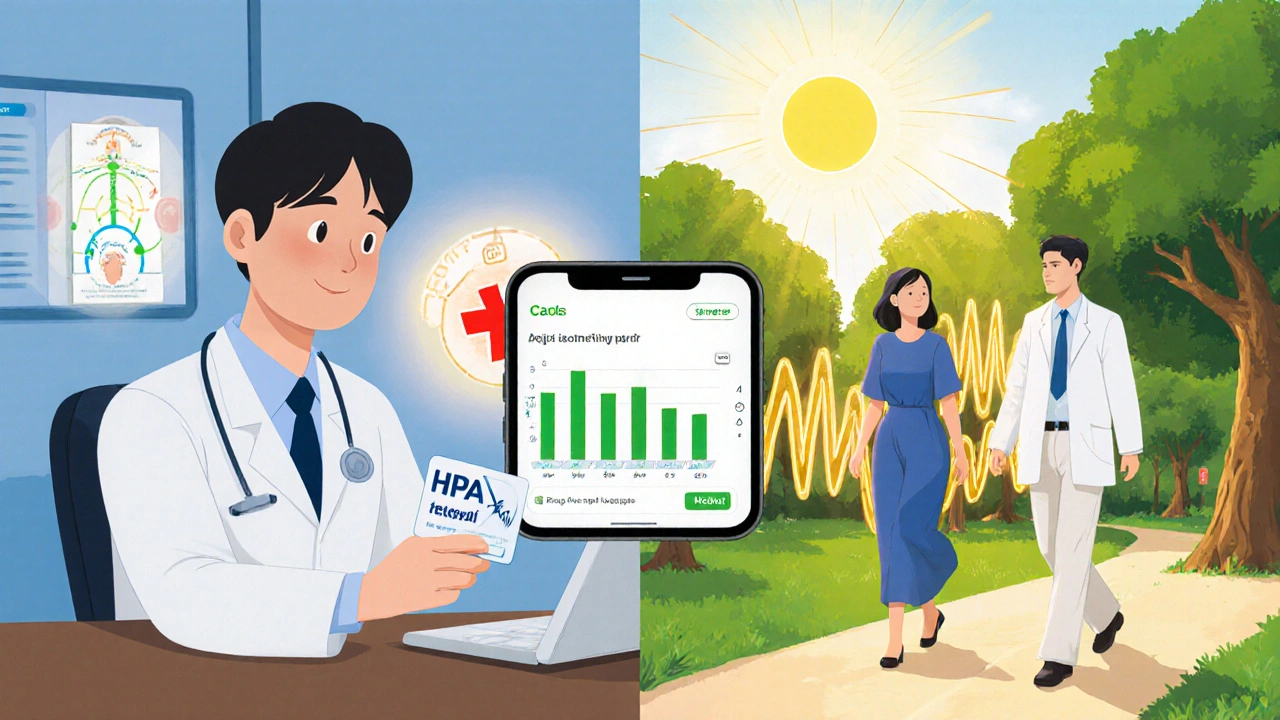
What Helps With Symptoms?
Medication isn’t the only tool. Real-world data shows that combining medical tapering with lifestyle changes makes a huge difference:
- Exercise: Just 20 minutes of walking or warm-water pool therapy five days a week reduced joint and muscle pain by 42% in one Rheumatology Network study. Movement tells your body it’s safe to start producing cortisol again.
- Sleep: Aim for 7-9 hours. Poor sleep worsens fatigue and mood swings. One patient registry found that those who prioritized sleep had 55% less severe symptoms.
- Diet: A Mediterranean-style diet-rich in vegetables, fish, nuts, and olive oil-helps reduce inflammation and supports adrenal recovery. Avoid sugar spikes; they destabilize energy levels.
- Caffeine: Keep it under 200 mg per day (about one strong coffee). Too much stresses your adrenals when they’re already trying to recover.
- Therapy: Cognitive behavioral therapy (CBT) cut anxiety and depression related to withdrawal by 68% in a trial by the American Addiction Centers. Withdrawal isn’t just physical-it’s psychological.
Still, 22% of people need to temporarily increase their dose during tapering. That’s not failure-it’s science. If symptoms hit hard, your body is signaling it needs more time. Pushing through can lead to adrenal crisis, a medical emergency.
Red Flags: When to Call Your Doctor
Not every ache or tired day means you’re having withdrawal. But here’s when to act:
- Feeling dizzy or faint when standing up (orthostatic hypotension)
- Nausea or vomiting that won’t stop
- Low blood sugar-shakiness, sweating, confusion
- High fever or severe infection without clear cause
These could mean adrenal insufficiency-not just withdrawal. Your doctor can test this with a cosyntropin (ACTH) stimulation test. A cortisol level above 400-500 nmol/L after the test means your adrenals are working. Below that? You need stress-dose steroids until you recover.
Always carry a steroid emergency card. It should list your highest daily dose (equivalent to 20-30 mg hydrocortisone) so any ER doctor knows what to give you if you’re in an accident or get seriously ill. Many hospitals now require this before discharge if you’ve been on long-term steroids.
What Goes Wrong-and How to Avoid It
Here’s the hard truth: only 43% of primary care doctors follow evidence-based tapering guidelines. Specialists like rheumatologists and gastroenterologists do better-around 70% adherence. But if you’re seeing multiple doctors, you might get conflicting advice. That’s why coordinated care is key.
Successful tapers involve:
- A single point person (usually your primary care doctor or endocrinologist) managing the plan
- Regular check-ins every 1-2 weeks during rapid tapering
- Communication between your rheumatologist, GI specialist, and endocrinologist
Patients with this kind of team support have 58% fewer complications. Common mistakes? Rushing the taper, not teaching patients how to recognize early symptoms, and confusing withdrawal with a flare. One study found 29% of patients had their dose increased unnecessarily because doctors misread the signs.
What Patients Are Really Saying
On Reddit’s r/Prednisone community-with over 12,500 members-68% say they had unexpected symptoms even with a "prescribed" taper. Forty-one percent describe "crushing fatigue" lasting weeks. A Drugs.com analysis of 3,872 reviews found symptoms lasted an average of 23 days, but 18% of people suffered for over two months.
But here’s the hopeful part: those who stuck to a structured schedule reported 89% satisfaction. Those who tapered "as needed"? Only 32% were happy. One 45-year-old woman with rheumatoid arthritis completed a 26-week taper from 40 mg to zero-with zero symptoms-using a strict European protocol. She had weekly blood tests, daily walks, sleep tracking, and a therapist. That’s the gold standard.
What’s Next?
Research is moving fast. Scientists are now using salivary cortisol tests taken right after waking to predict how fast someone’s HPA axis will recover-with 82% accuracy. AI-driven tools are being tested to adjust taper schedules in real time based on symptoms and lab results. By 2027, standardized protocols could prevent over 200,000 emergency room visits a year in the U.S. alone.
But right now, the biggest barrier isn’t science-it’s access. Rural patients are 2.3 times more likely to have complications because they can’t see endocrinologists regularly. If you’re in a remote area, ask your doctor about telehealth follow-ups or local nurse-led tapering programs. You don’t need to be in a big city to do this safely.
Stopping corticosteroids is one of the most delicate processes in medicine. But with the right plan, support, and patience, you can do it without suffering through weeks of misery. Your body remembers how to make cortisol. You just have to give it time-and the right tools-to remember.
Can I stop prednisone cold turkey if I’ve only been on it for a week?
If you’ve been on prednisone for less than two weeks and at a low dose (under 7.5 mg daily), stopping abruptly is usually safe. But if you were on a higher dose-even for a short time-or have other health conditions like diabetes or autoimmune disease, it’s still best to consult your doctor. Your body might have already started suppressing cortisol production.
How do I know if it’s withdrawal or my disease flaring up?
Withdrawal symptoms are general: fatigue, muscle aches, nausea, low mood, dizziness. A disease flare is specific to your condition. For example, if you have rheumatoid arthritis, a flare means swollen, hot joints. If you have Crohn’s, it’s diarrhea, abdominal pain, or blood in stool. If symptoms match your original illness, it’s likely a flare. If you feel generally awful but your condition isn’t acting up, it’s probably withdrawal. Blood tests and doctor evaluation can confirm.
Will I gain weight during tapering?
You might lose weight instead. Steroids cause fluid retention and increased appetite. As you taper, your body sheds excess water, and your appetite returns to normal. Some people lose 5-10 pounds in the first few weeks of tapering-not from dieting, but because the steroid effect fades. Focus on balanced meals and avoid processed carbs, which can spike cravings when your cortisol drops.
Can I use natural supplements to help with steroid withdrawal?
There’s no proven supplement that replaces cortisol or speeds up HPA axis recovery. Some people try licorice root or ashwagandha, but these aren’t regulated, and licorice can raise blood pressure. Don’t rely on herbs to replace medical care. What does help? Sleep, movement, nutrition, and stress management. These are the real tools your body needs to heal.
What if my doctor won’t slow down my taper?
If you’re having symptoms and your doctor insists on pushing forward, ask for a referral to an endocrinologist or a rheumatologist with experience in steroid tapering. You have the right to a second opinion. Bring printed guidelines from the Endocrine Society or American College of Rheumatology. Many doctors aren’t trained in this. Don’t be afraid to advocate for yourself-your recovery depends on it.
14 Comments
Write a comment
More Articles
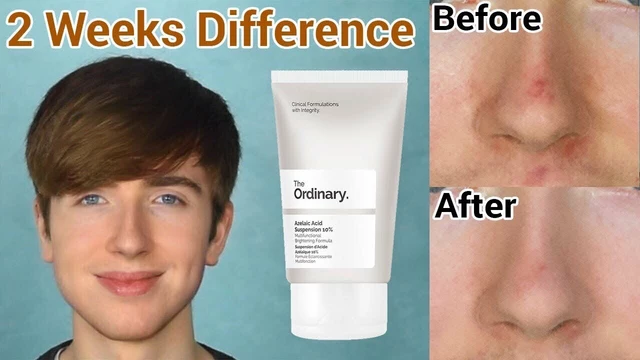
The Role of Azelaic Acid in Treating Contact Dermatitis
As a blogger, I've come across the amazing benefits of Azelaic Acid in treating Contact Dermatitis. Azelaic Acid, a naturally occurring substance found in grains, has anti-inflammatory and antibacterial properties that help soothe and heal the skin. It works by reducing redness, itching, and swelling caused by this common skin condition. I've personally experienced its effectiveness in managing my own Contact Dermatitis symptoms. It's definitely worth considering Azelaic Acid as a treatment option for those suffering from this uncomfortable skin issue.
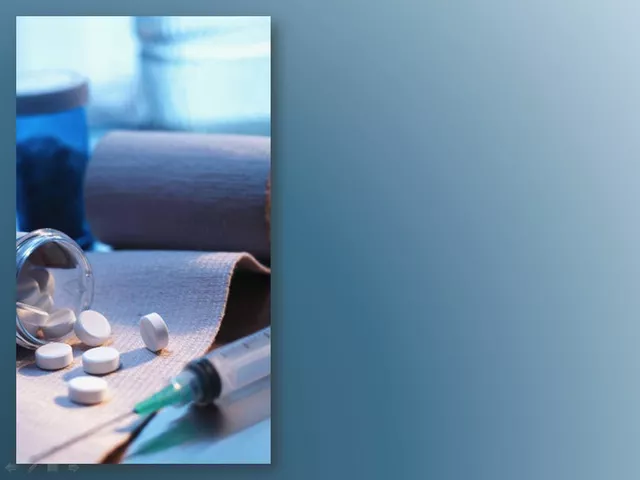
Flunarizine interactions with other medications: A guide for patients
Well, folks, let's dive into the exciting world of Flunarizine interactions! A medication often used for migraines and vertigo, Flunarizine is as social as a prom queen at a high school reunion, mixing and mingling with other drugs in your system. It's like a cocktail party, but in your body! Now, this party can turn into a bummer if mixed with alcohol or antihypertensives, potentially causing dizziness or even fainting. So, as always, it's important to chat with your doctor about all the medications you're taking, to ensure the party in your system stays fun and safe!
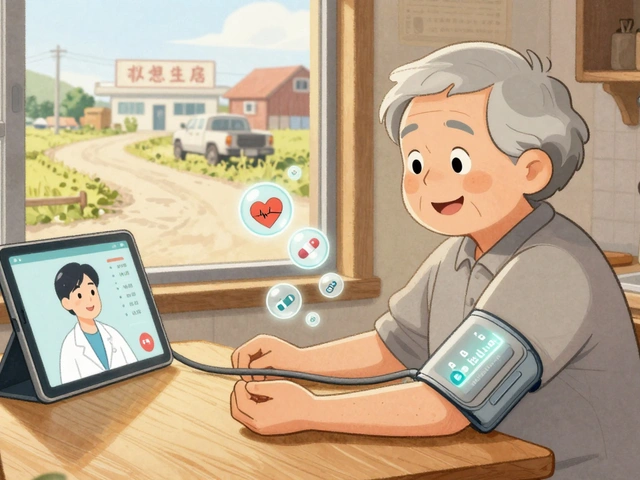
Telehealth Strategies for Monitoring Side Effects in Rural and Remote Patients
Telehealth is transforming how rural and remote patients manage medication side effects. From smart devices to pharmacist-led monitoring, discover how these strategies reduce hospitalizations and save lives in underserved areas.
Emily Kidd
October 31, 2025 AT 11:52just took my last 2.5mg yesterday and wow the fatigue is real. i slept 12 hours and still felt like a zombie. but hey, at least my face isnt puffy anymore 😅